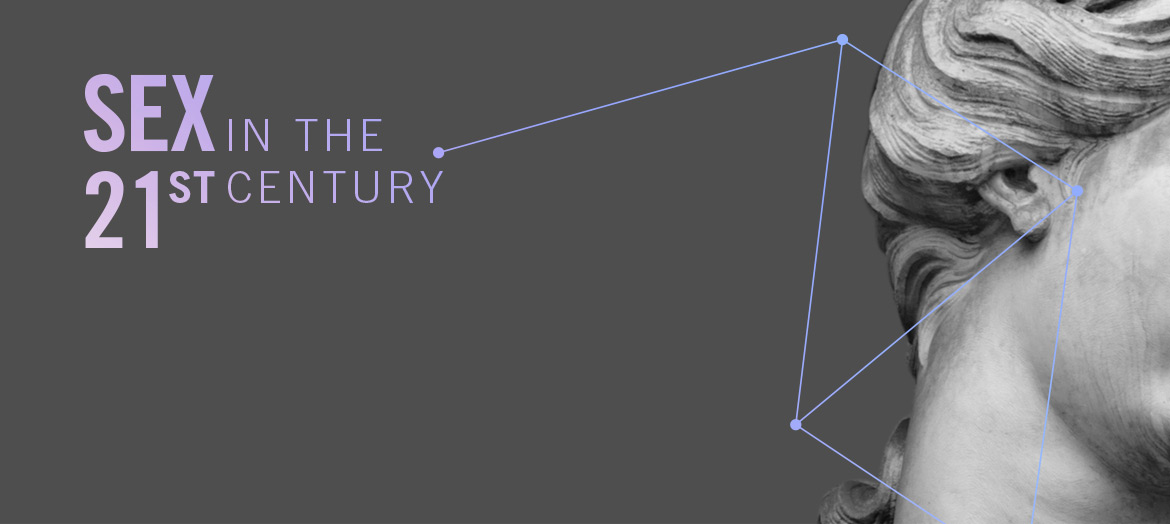Dorsal slit surgery
In some women the skin of the clitoral hood (prepuce) loses stretchiness from chronic infection or skin disorders such as lichen sclerosis. Mild clitoral phimosis exists if the clitoral hood cannot retract fully and covers at least 50% of the glans clitoris. Most such cases are asymptomatic, and may be managed with topical estradiol cream. Clitoral phimosis may be considered as moderate or severe if the clitoral hood skin covers 75% or 95% of the glans clitoris, respectively.
Some women with moderate or severe phimosis may have symptoms of itchiness, tenderness and discomfort of the clitoral region with underlying erythema (redness), drainage, foreign bodies and balanitis (irritation of the skin of the glans) due to the closed compartment syndrome. Women with moderate or severe clitoral phimosis with symptoms that cannot be managed conservatively may consider dorsal slit surgery to reverse the closed compartment.
The surgery is performed with the patient under anesthesia. When anesthesia is established, the genitalia are cleansed with special iodine solution. The surgeon first passes a blunt-tipped probe into the clitoral hood opening. This maneuver acts to separate the plane between the clitoral hood and the glans clitoris. A curved fine forceps is then used to crush the midline dorsal skin of the prepuce. A fine scissors is used to make an incision along the crush line until the top part of the glans is visualized. One suture is placed at the top of the glans clitoris and two sutures are placed on each side of the hood. Right and left flaps of the hood are then removed and additional sutures used to close the incisions.
After all sutures have been placed, the area is inspected for any bleeding. Vaseline gauze is applied to the region post-op. Post-operative care involves applying ice packs to the area regularly. Pain medications are used as needed. Bathtub soaks start at three days post-op.
There is no evidence that dorsal slit surgery impacts the quality of orgasm.
